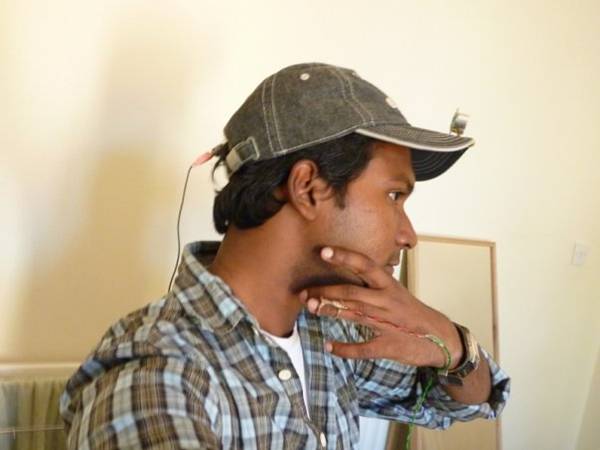Technology will be one of the key drivers of spectacular change to future society and is already pointing the way. This is precisely what Kevin Warwick has demonstrated via 5 cybernetics experiments that he is currently working on, each of which could make 5 science fiction myths a reality. Fiction is no longer so far into the future.
- Your building knows you. Thanks to a radiofrequency identification device that Warwick himself has implanted in his arm. The idea is to make humans and buildings work as a single system. In practice this means your home will recognize you and activate certain circuits, such as lighting, as you move around.

- We can have more than 5 senses. Using magnets implanted in their fingers, Warwick and his students are experimenting with various signals that until now humans have been unable to perceive: ultrasound (converting into vibration the distance between a person and an object), infrared (translating distance into temperature changes) and ultraviolet light or x-rays. They are studying how far humans are limited.

- Robots with human neurons exist. They have not yet reached the size of human brains (100 billion cells), but they already have 30 million neurons. “We can see how the human brain learns”, says Warwick. What are the ethical implications of this? Could robots vote if they had brains identical to our own? Could they even be more adept at it than us?
- Artificial intelligence can cure us. Curing Parkinson’s disease using brain electrostimulation means using artificial intelligence to better understand what is happening in the brain. This would allow us to better understand the disease and employ artificial intelligence to learn more about human intelligence.
- Can we communicate without using language? Neurological surgery has made it possible for Warwick’s nervous system to communicate with his wife’s. The next challenge for the OpenMind author is brain-to-brain communication, aiming to “overcome the communications bottleneck that humans currently face”.
The Future of Artificial Intelligence and Cybernetics is the title of Warwick’s latest article for There’s a Future: Visions for a Better World, the most recent in the BBVA series. We at OpenMind invite you to delve into the world of cyborgs and discover the possibilities that cybernetics may be opening for humans of the future.
Comments on this publication